This was the topic of a presentation I gave at the SNAICC Conference in Canberra in September, 2017. Thanks to some spontaneous video recording and retrieval work from another social worker sitting in the audience that day, I’ve finally been able to edit this together.
This presentation occurred as I came to the end of my contract with Relationships Australia NT, as Co-Ordinator of the Healing Our Children project. It was the culmination of about six years work; most of which was in the development phase working on an idea raised by concerned Elders on the Tiwi Islands, plus a further two and a half years to roll out a pilot program in remote communities on the Tiwi Islands, Katherine and Palmerston.
As a Co-founder of the project, I am proud of this work and what we have been able to create. I am incredibly grateful for the time I spent learning together with the women of the Tiwi Islands and NE Arnhemland about ways we can respond to domestic and family violence to protect children and prevent trauma.
This was a fantastic project because it was developed in community with community using the knowledge, wisdom and stories of Aboriginal people’s lived experience. It did not come from outside or abroad. Programs like this are not cheap to develop and involve a lot of sweat and tears, time and patience. We did it all on a shoestring!
I decided not to continue on in the role as Co-Ordinator because as much as I had invested in this project and believed wholeheartedly in what we set out to achieve, it was underfunded. I was employed for two days per week to support and mentor a team of local people in several communities. Unfortunately, the extension of funding beyond 2018 then reduced, rather than capitalised on the investment and success we had already made during this trial. This was disappointing, as the women and communities had invested so much of their energy and time voluntarily, on an issue they were passionate about addressing. It means that the local people employed in the project (which is one of the biggest aims of the funding) receive only casual wages and service delivery is sporadic at best.
We can do better than this.
My point is that I want to see projects like this properly funded, especially ones that are developed by communities for their own people. So they are sustainable and have every chance of enacting real change and closing the gap!
Everything that I brought to this project through my social work practice framework is represented in some form in this presentation. This includes strong values and a commitment to social justice, self determination and empowerment for Aboriginal people. This video may appeal to social workers interested in anti-oppressive practice, narrative community work or using metaphors in therapeutic work.
This presentation covers:
- Background to the ‘Healing Our Children’ project
- The culturally safe project model
- Shared values that underpinned the project
- Metaphors and how we came to use them in our training, therapeutic groupwork, resource development and evaluation
- The healing potential and therapeutic benefit of using metaphors in trauma work
- How the resource kit “It Takes a Forest to Raise a Tree” was developed
- How metaphors assisted us in safe dialogue with women who had children living at home with violence
Please note: Due to our video camera running out of batteries half way through, we have edited together the two parts of this presentation.
My hope is that ‘Healing Our Children’ moves beyond surviving, to thriving!
Support, follow and learn more here.
‘Healing Our Children’ project at Relationships Australia NT

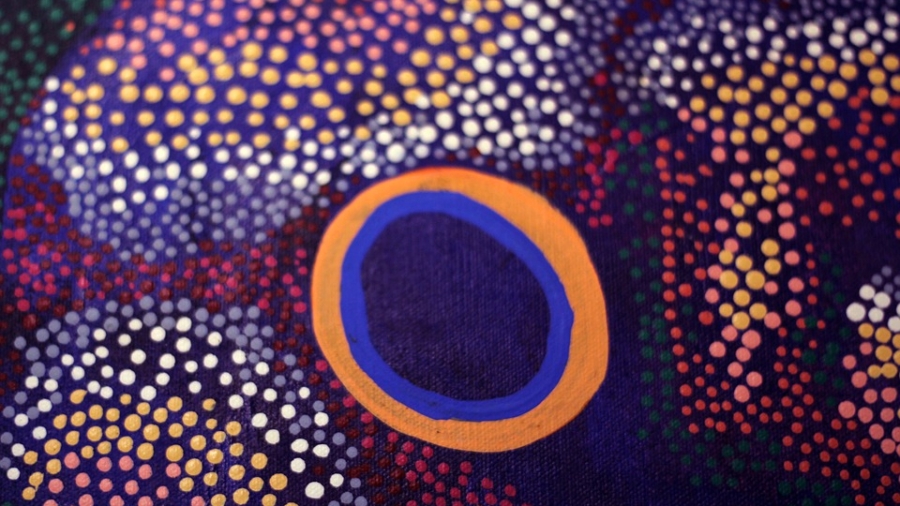
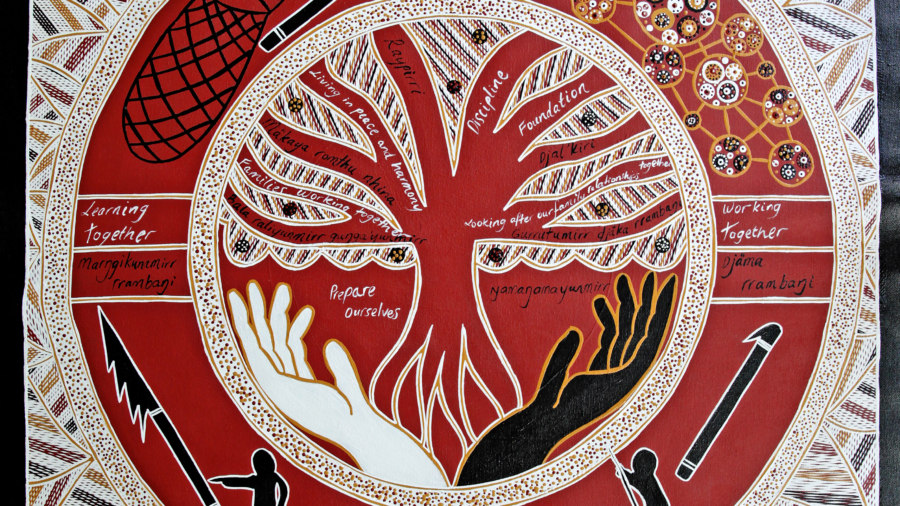
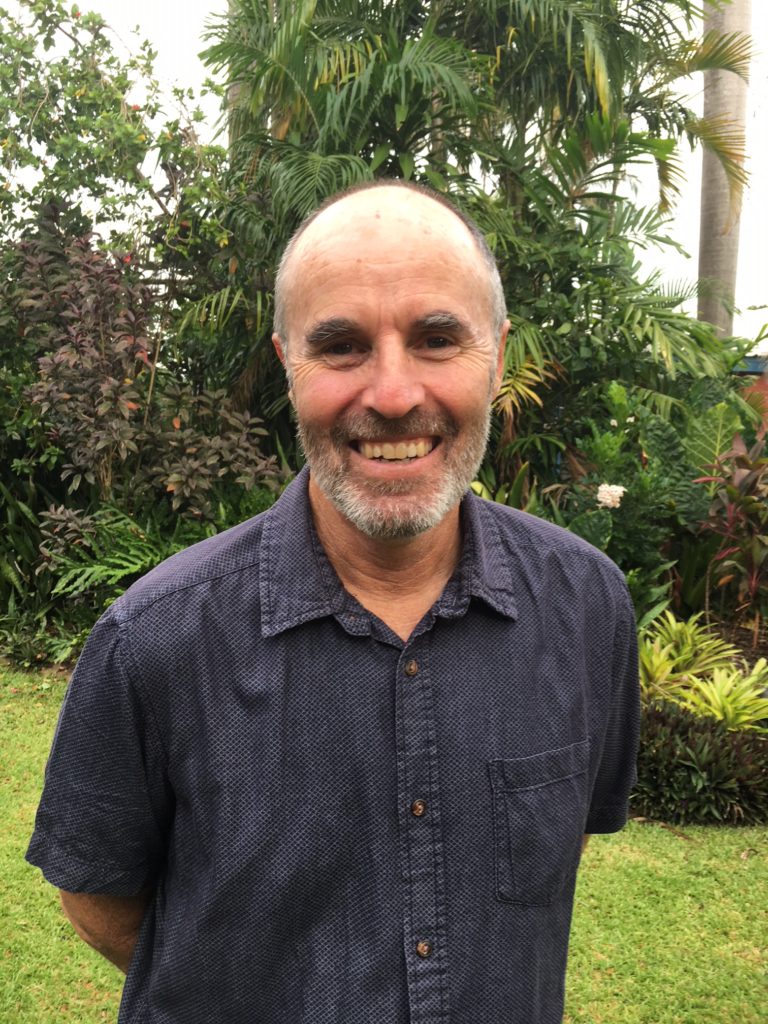 In this episode of Talk the Walk, we delve into the working life of Malcolm Galbraith, Manager of Families and Schools Together (FAST) in the Northern Territory. We discover not only what makes FAST one of the most successful strengths-based programs in remote Australia, but what drives the man behind the project. A man of strong Christian faith, Malcolm admits some of his ideas might be controversial, yet the evidence speaks for itself – Yolngu people love it! Before you scoff at the idea of bringing an American-based program into an Indigenous Australian context, listen to this story. As intriguing as it is thoughtful, this behind the scenes tour of FAST NT may just turn your worldview on its head.
In this episode of Talk the Walk, we delve into the working life of Malcolm Galbraith, Manager of Families and Schools Together (FAST) in the Northern Territory. We discover not only what makes FAST one of the most successful strengths-based programs in remote Australia, but what drives the man behind the project. A man of strong Christian faith, Malcolm admits some of his ideas might be controversial, yet the evidence speaks for itself – Yolngu people love it! Before you scoff at the idea of bringing an American-based program into an Indigenous Australian context, listen to this story. As intriguing as it is thoughtful, this behind the scenes tour of FAST NT may just turn your worldview on its head.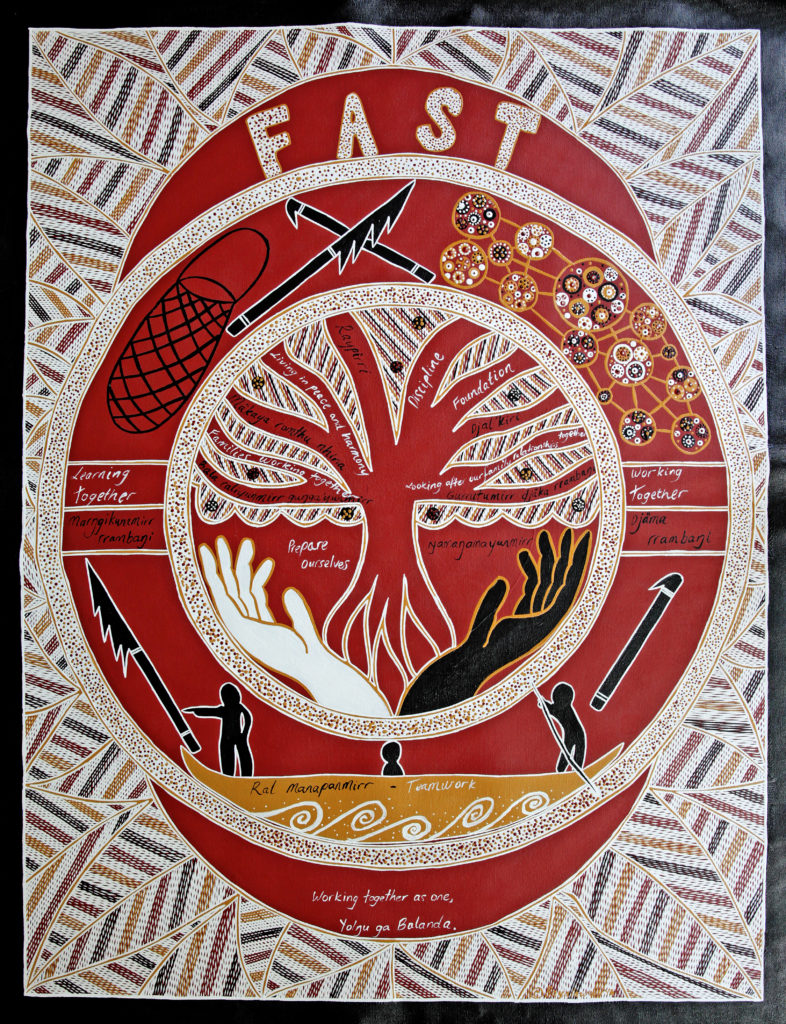

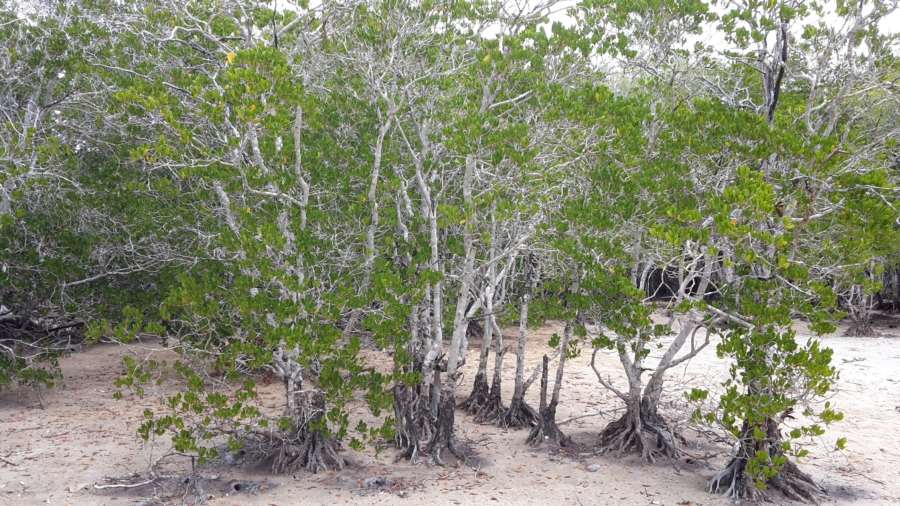

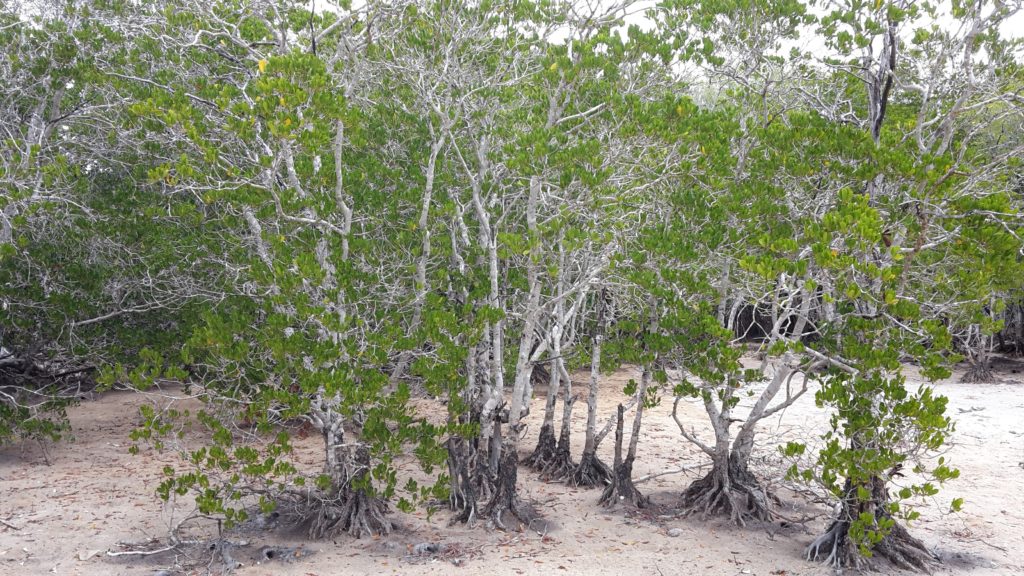
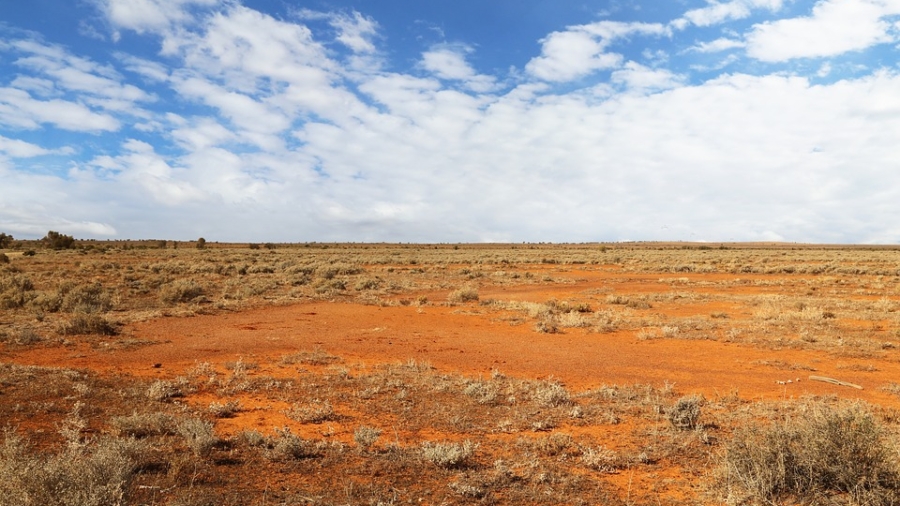
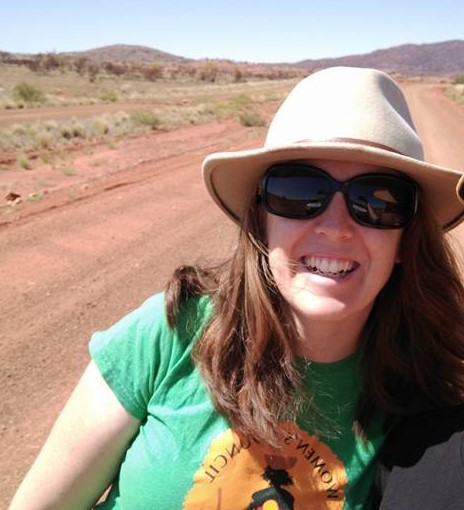 There’s something about the blue sky, the sparse landscape and the weaving of cultural stories that drew Louise O’Connor to Australia’s red centre. Far from her homeland of Ireland and not satisfied with the big city lights of Melbourne, Louise O’Connor packed up her meagre belongings and head to Alice Springs. She found herself working with the Ngaanyatjarra Pitjantatjara Yankunytjatjara Women’s Council as a Domestic and Family Violence Case Worker and hasn’t looked back. Since arriving, Louise has been drawn to narrative therapy as an approach for working respectfully with Aboriginal women. She now supports a team of case workers implementing the Council’s new domestic and family violence prevention framework developed in consultation with the Australian Childhood Foundation and the large group of women they support in the NPY lands. Louise brought with her a long history of case work with refugees and asylum seekers, youth and people at risk of homelessness or in crisis, both in Australia and Ireland. Louise’s passion for sharing stories and helping others tell theirs shines through in my conversation this week on ‘Talk the Walk’.
There’s something about the blue sky, the sparse landscape and the weaving of cultural stories that drew Louise O’Connor to Australia’s red centre. Far from her homeland of Ireland and not satisfied with the big city lights of Melbourne, Louise O’Connor packed up her meagre belongings and head to Alice Springs. She found herself working with the Ngaanyatjarra Pitjantatjara Yankunytjatjara Women’s Council as a Domestic and Family Violence Case Worker and hasn’t looked back. Since arriving, Louise has been drawn to narrative therapy as an approach for working respectfully with Aboriginal women. She now supports a team of case workers implementing the Council’s new domestic and family violence prevention framework developed in consultation with the Australian Childhood Foundation and the large group of women they support in the NPY lands. Louise brought with her a long history of case work with refugees and asylum seekers, youth and people at risk of homelessness or in crisis, both in Australia and Ireland. Louise’s passion for sharing stories and helping others tell theirs shines through in my conversation this week on ‘Talk the Walk’.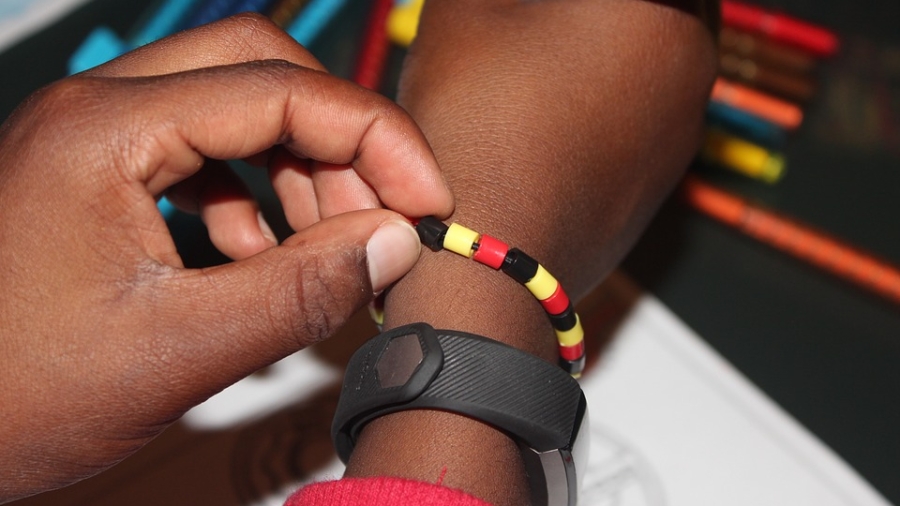
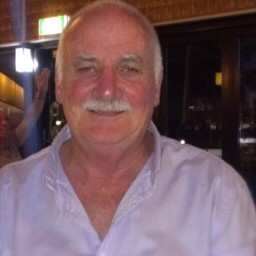 Today’s conversation on ‘Talk The Walk’ has many gems, but particularly for counsellors and social workers interested in developing an evidence based program that is also culturally safe. Doug Dunlop is a senior counsellor with the ‘Holding Children Together’ program based in Alice Springs and working with surrounding town camps. Doug is part of the team leading a rigorous evaluation process, developed and mentored by the Australian Childhood Foundation and a Cultural Advisory Group. In episode 17 of Talk the Walk, we also get a glimpse into the man behind the work; his historical roots, his life experience, the values and principles he brings to his trauma-informed, culturally-safe practice framework.
Today’s conversation on ‘Talk The Walk’ has many gems, but particularly for counsellors and social workers interested in developing an evidence based program that is also culturally safe. Doug Dunlop is a senior counsellor with the ‘Holding Children Together’ program based in Alice Springs and working with surrounding town camps. Doug is part of the team leading a rigorous evaluation process, developed and mentored by the Australian Childhood Foundation and a Cultural Advisory Group. In episode 17 of Talk the Walk, we also get a glimpse into the man behind the work; his historical roots, his life experience, the values and principles he brings to his trauma-informed, culturally-safe practice framework.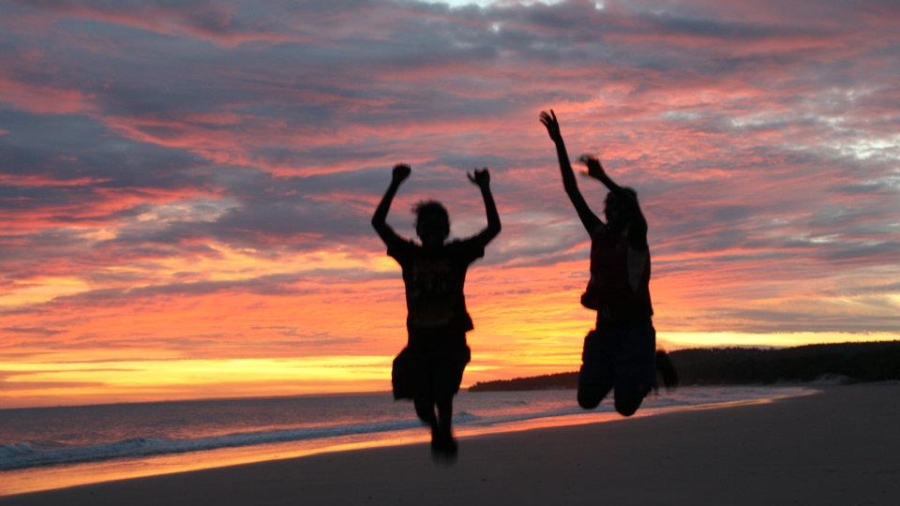
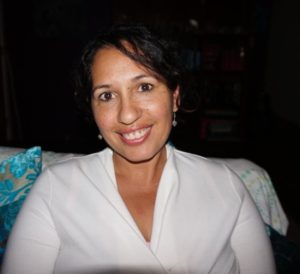 What a delight it was to be speaking with Tileah Drahm-Butler this week on ‘Talk the Walk’, about her journey into narrative therapy and her approach to working with Aboriginal and Torres Strait Islander people. Tileah’s passion for social work and giving Aboriginal people a voice shines through in this conversation. We also gain insight into the woman behind the work and the long list of inspiring women in her family that stand behind her.
What a delight it was to be speaking with Tileah Drahm-Butler this week on ‘Talk the Walk’, about her journey into narrative therapy and her approach to working with Aboriginal and Torres Strait Islander people. Tileah’s passion for social work and giving Aboriginal people a voice shines through in this conversation. We also gain insight into the woman behind the work and the long list of inspiring women in her family that stand behind her.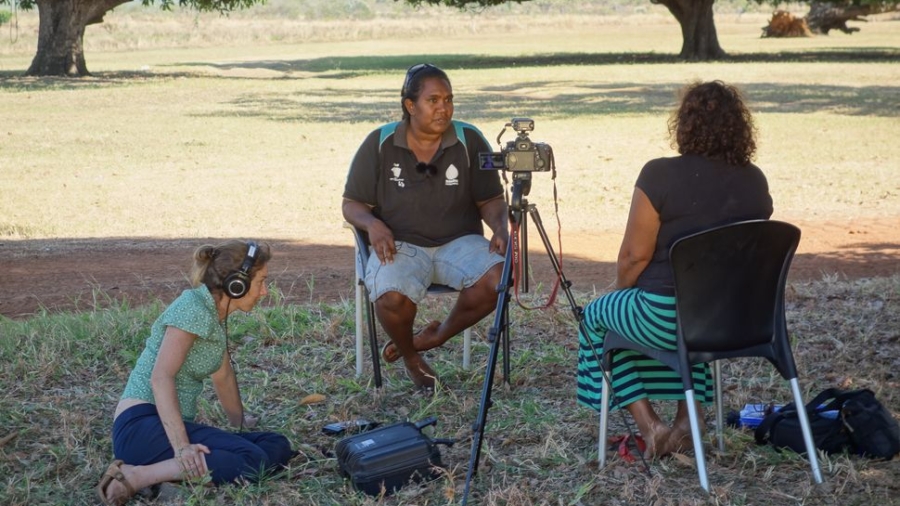
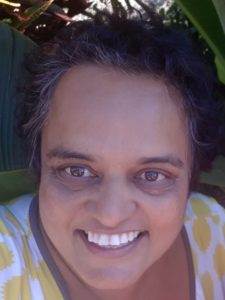 You don’t have to search too far to listen to the stories of despair, destruction or trauma in Aboriginal communities. These are widely played out in our media. However if we listen with intention much deeper, we will find something richer and more telling. The absent but implicit in these stories, are signs of strength, hope and resilience.
You don’t have to search too far to listen to the stories of despair, destruction or trauma in Aboriginal communities. These are widely played out in our media. However if we listen with intention much deeper, we will find something richer and more telling. The absent but implicit in these stories, are signs of strength, hope and resilience.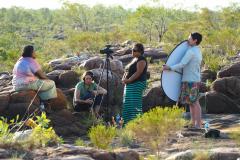
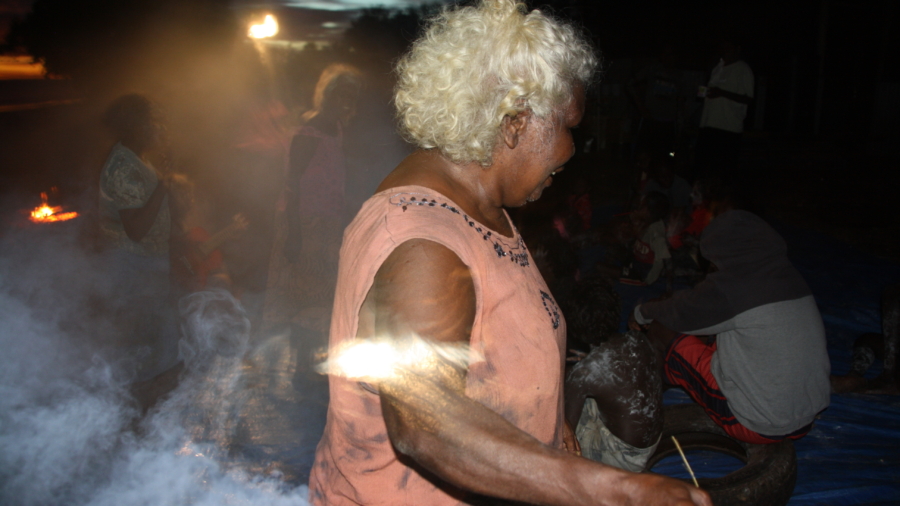
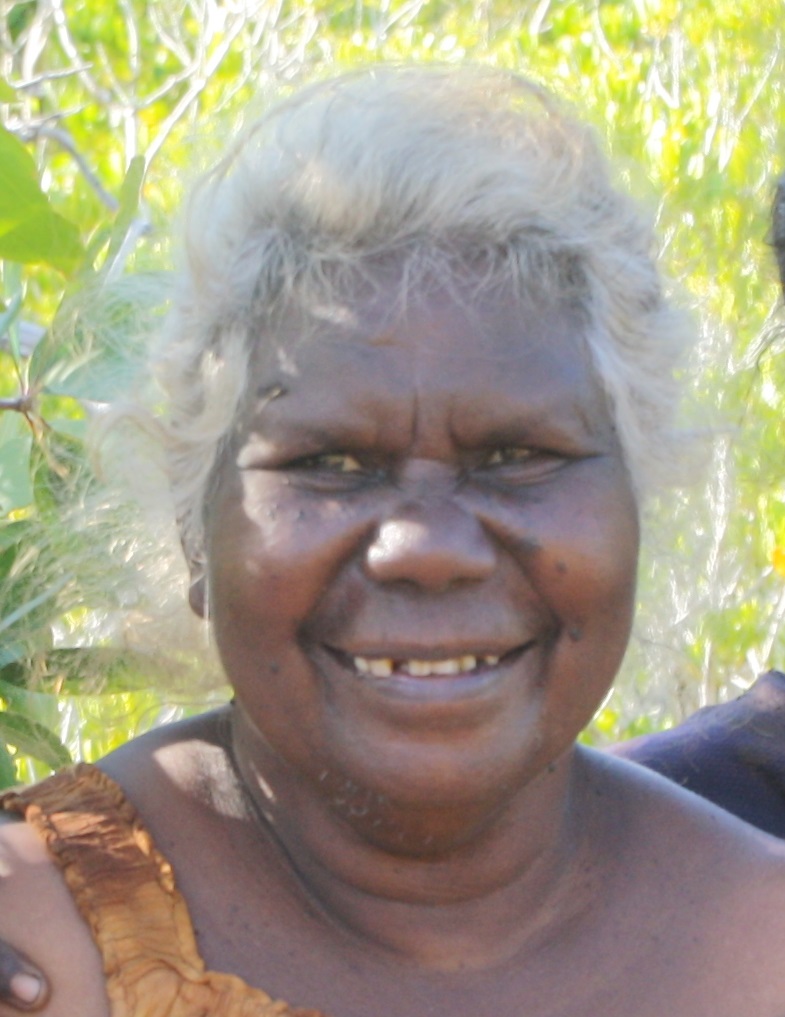
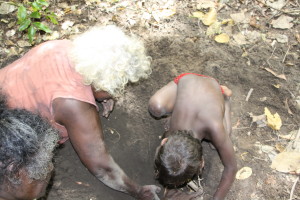
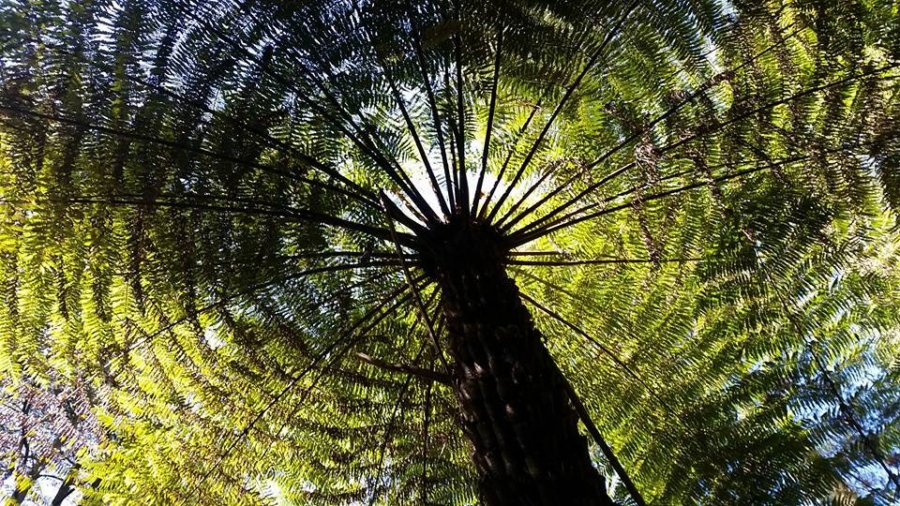
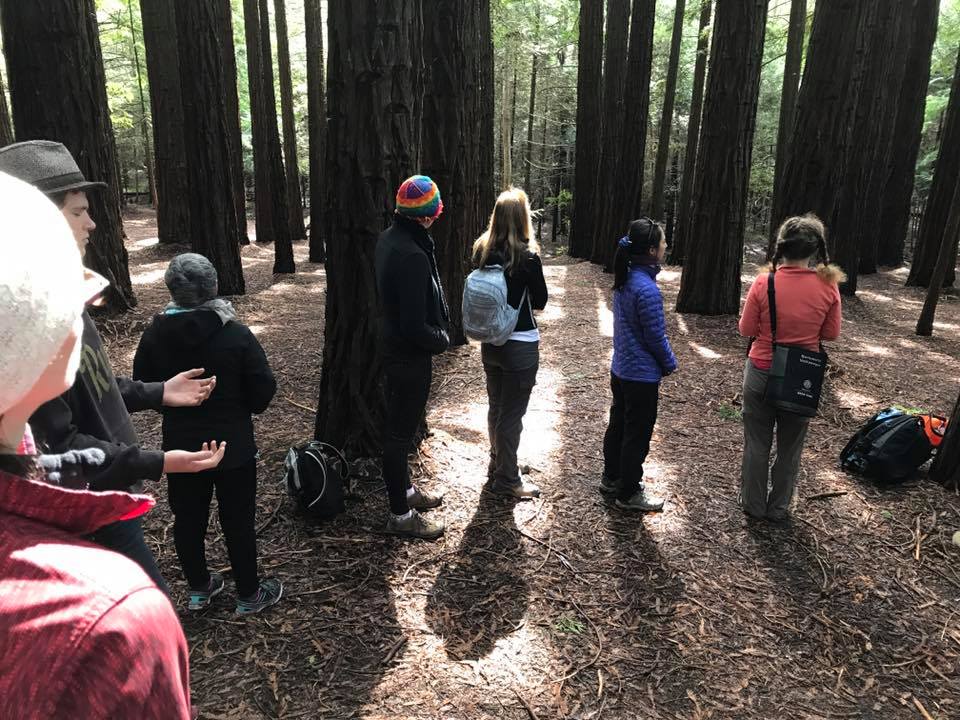
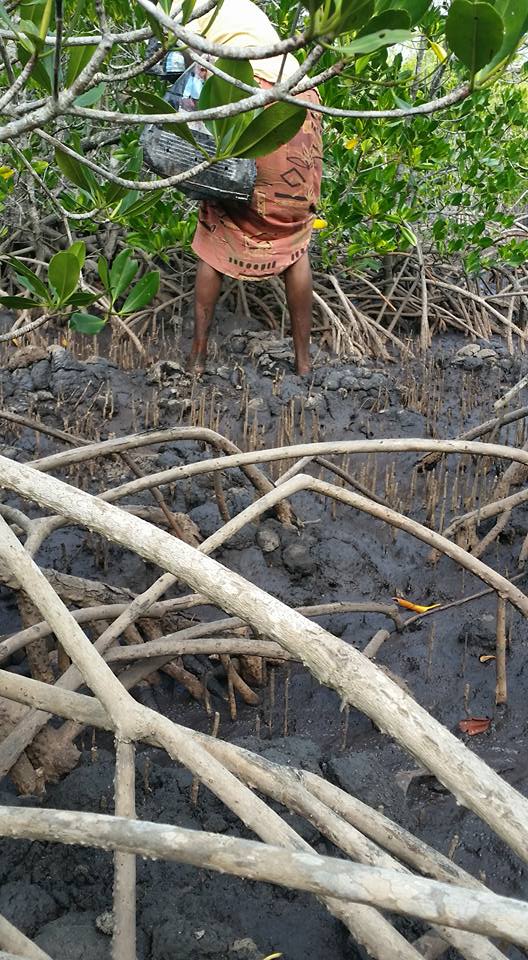
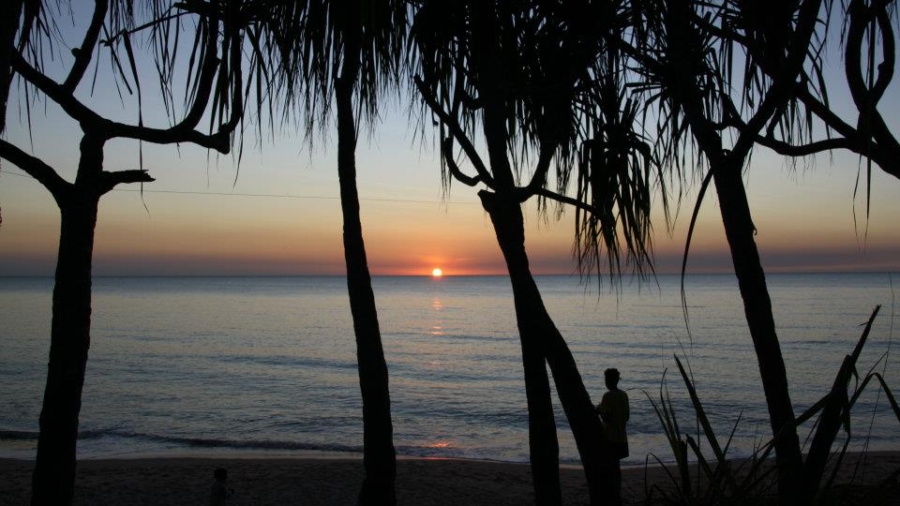
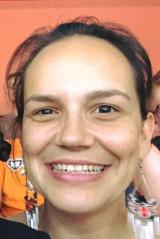 What’s it like to walk in two worlds, as a non-Indigenous social worker in a remote Aboriginal community, fresh out of university?
What’s it like to walk in two worlds, as a non-Indigenous social worker in a remote Aboriginal community, fresh out of university?